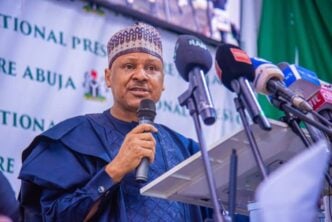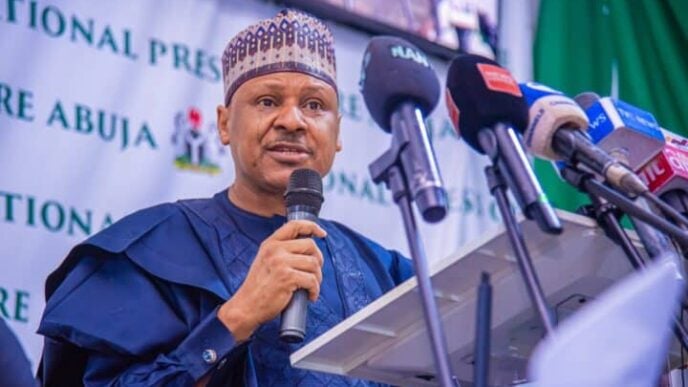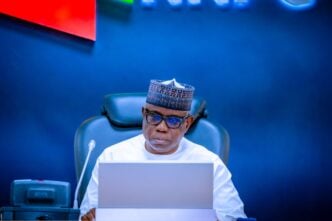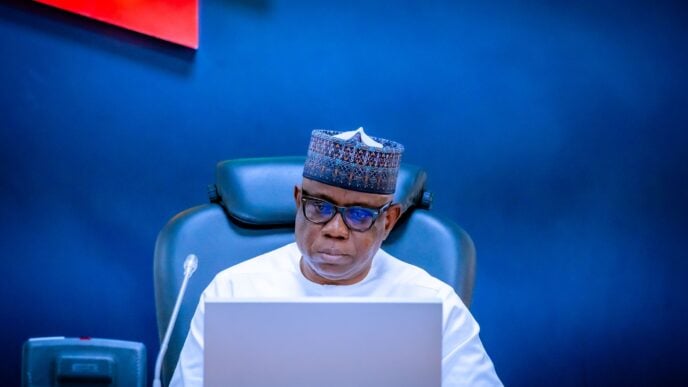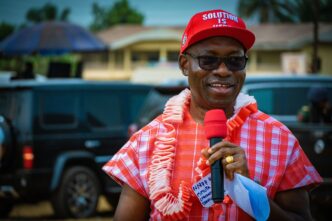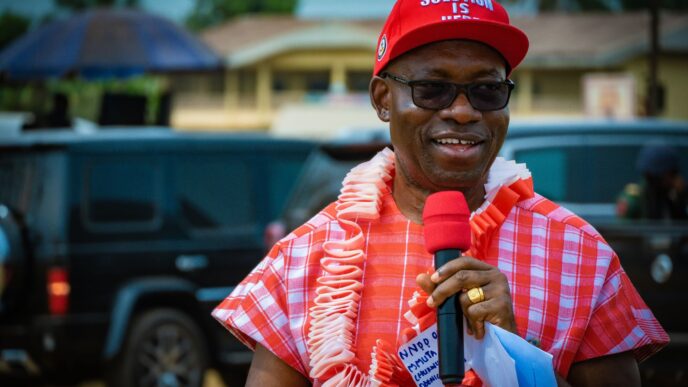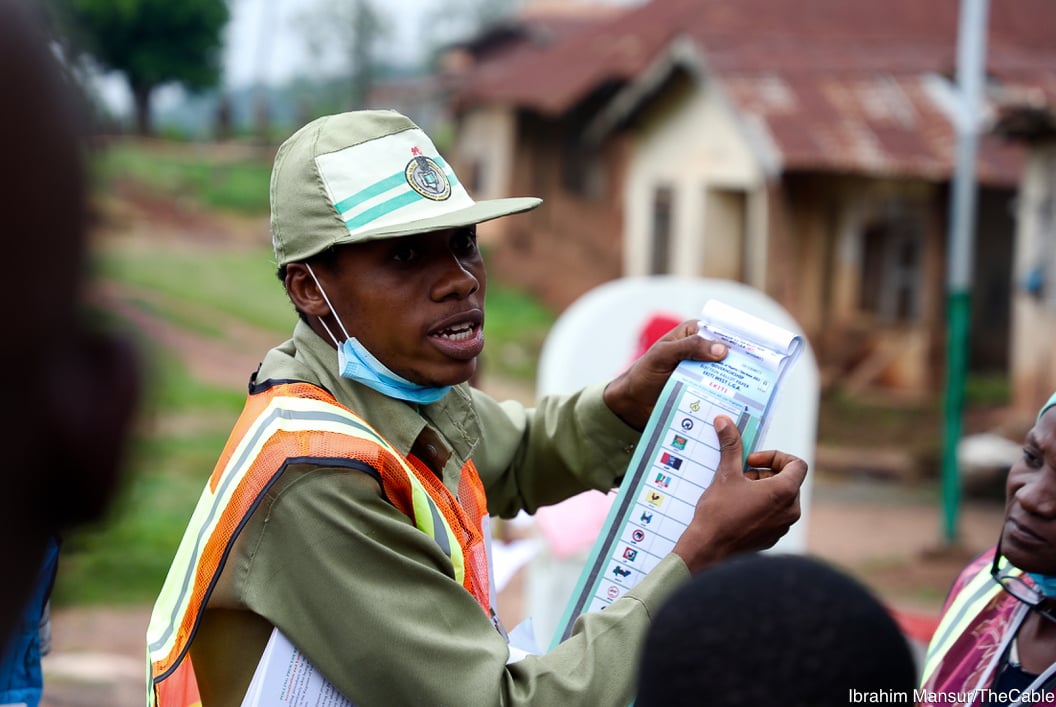Not long ago, the idea of buying and selling permission to pollute the earth might have sounded absurd. But today, carbon trading has become an economic strategy in the fight against climate change. This multibillion-dollar market is built on the belief that putting a cost on emissions can help solve the climate crisis.
At its core, carbon trading is an approach to limiting greenhouse gas emissions. It allows governments to set a cap on total emissions, then issue “carbon credits” that companies can buy or sell, depending on how much they emit. Firms that stay below that cap can sell their unused allowance to those that exceeded theirs. But if they go over, they must buy extra permits or invest in projects elsewhere that reduce emissions, like tree planting or renewable energy.
In theory, it’s a system designed to reward low-carbon choices and push polluters to clean up, using the market itself as a lever for climate action.
HISTORY OF CARBON TRADING
Advertisement
Carbon trading began gaining real-world traction in the 1990s with the US Acid Rain Program, proving that putting a price on pollution could drive meaningful change. The idea went international with the 1997 Kyoto Protocol, which introduced mechanisms like the Clean Development Mechanism (CDM) and International Emissions Trading, enabling developed countries to meet their climate targets by supporting emission-reducing projects abroad.
Regional markets soon followed, most notably the EU Emissions Trading System (EU ETS) in 2005, and later initiatives like the Regional Greenhouse Gas Initiative (RGGI) and California’s Cap-and-Trade Program. Alongside these compliance markets, voluntary carbon markets grew, allowing companies to buy offsets for emissions by funding reforestation, clean cookstove projects, or renewable energy. Yet concerns around the quality, transparency, and impact of these offsets have persisted.
The 2015 Paris Agreement introduced Article 6, offering a new framework for countries to cooperate through carbon markets while pursuing their national climate goals (NDCs). But there were tricky issues, like making sure carbon reductions weren’t counted twice and that projects truly helped the environment.
Advertisement
The main rules for Article 6 were largely agreed upon at COP26 in November 2021. However, the detailed instructions for the new global carbon credit system (called PACM) were only finalised in May 2025.
BARRIERS AND OPPORTUNITIES

Concerns over the integrity of carbon credits have persisted. In 2024, the Climate Crisis Advisory Group (CCAG), a body of leading scientists, urged the unregulated voluntary carbon market to adopt rigorous scientific standards, ensure clear financial benefits for local communities, and prioritize carbon-removal projects that actively suck greenhouse gases from the atmosphere.
This push is crucial, especially as up to 90 percent of carbon credits in 2023 were based on emission avoidance (like funding renewable energy) rather than actual carbon removal.
Advertisement
For Nigeria, the potential of carbon markets is immense, especially within the built environment. Danjuma Waniko, president of the Green Building Council Nigeria (GBCN), told TheCable that “the biggest barrier right now is Nigeria’s lack of a clear national carbon trading framework”. This means even credible green projects struggle to get their carbon credits registered, verified, or approved nationally. Without a functioning national registry or a process for issuing letters of approval, Nigerian developers are at a disadvantage when trying to access global carbon registries like Gold Standard.
The challenge, Waniko emphasises, extends beyond just a framework. Trust is a crucial factor. In a global market increasingly wary of “worthless” credits and concerns over double-counting, a robust and transparent national system is paramount. “When you add worries over double-counting, and then layer on valid concerns over corruption, rule of law and weak governance in Nigeria, you begin to see our delay in setting up that trust infrastructure. Our developers are going to miss out on serious market opportunities,” he said.
Scalability is another key issue. Many projects in Nigeria are simply too small to generate enough credits to offset the high transaction costs. To overcome this, Waniko suggests the need for “aggregation platforms – a way of pooling multiple similar projects (e.g., green buildings, fuel-efficient cookstoves) under a single program – to spread costs, simplify oversight, and make them viable”. Beyond this, a strong ecosystem of local enablers, such as verifiers, technical consultants, and financial intermediaries, are vital to help projects navigate complex requirements.
Despite these barriers, Waniko sees a significant opportunity: addressing the “green premium”. He notes that if designed well, carbon credits could provide “an additional income stream that helps close that gap and make green projects more viable in today’s market”. This additional revenue can incentivize developers to embrace sustainable practices, ultimately driving the transition to a low-carbon economy.
Advertisement
BUILDING TRUST THROUGH DATA AND DIGITAL INFRASTRUCTURE
Transparency and accountability are often Achilles’ heels for carbon markets, particularly in emerging economies. According to Waniko, the solution lies in robust data and digital infrastructure. “If Nigeria and the rest of Africa are going to play seriously in the carbon market, then we need to get the basics right and data is the foundation,” he said.
Advertisement
The current reality in Nigeria is a “huge data gap”, making it difficult for buyers to verify claims, for governments to account for sold credits, and for developers to benefit financially. A robust national database isn’t just about tidiness; “it is the foundation for integrity,” Waniko said. Such a system would track project existence, location, achievements, and linkages to national and international frameworks.
He also highlights a critical upstream issue, which is the lack of accurate, localised data on carbon emissions from projects, especially in the built environment. He noted that this is why the Green Building Council Nigeria is exploring a project to develop an emissions database for materials, buildings, and infrastructure, which would serve as a “foundational building block” for a future national system.
Advertisement
POLICY AND INVESTOR APPETITE IN THE GLOBAL MARKET

From a global financial perspective, carbon markets are a dynamic landscape. Luyue Tan, a carbon market specialist at the London Stock Exchange Group (LSEG), told TheCable that pricing in mature markets like the EU ETS is “absolutely policy-driven”.
Advertisement
Regulations, long-term decarbonization targets, and the fundamental supply and demand of allowances are crucial. Tan noted that beyond policy, investor appetite plays a significant role. According to her, investors are increasingly diversifying their portfolios to include energy and carbon commodities.
However, Tan acknowledges that the African carbon market is in its “infant stage” and “very different” from the mature compliance systems, often being primarily voluntary. Yet, she sees promise in the evolving international framework, particularly with the Article 6 movements.
The recent developments under the United Nations’ Paris Agreement Crediting Mechanism (PACM) are crucial for fostering high-integrity carbon credits globally. On May 16, the PACM adopted important new standards for measuring a project’s emission reduction impact. Key among these are standards for estimating the ‘baseline’ (emissions that would have occurred without a project) and for accounting for ‘leakage’ (unintended increases in emissions elsewhere).
To ensure ambition, the baseline standard includes a requirement for an initial downward adjustment (e.g., 10 percent below business-as-usual) and a minimum 1 percent downward adjustment over time. This is designed to “drive ongoing improvement and help avoid over-crediting by steadily lowering the benchmark against which emission reductions are measured”. This framework, along with a renewed focus on capacity building and equitable benefit sharing with host nations, will be vital for emerging markets like Nigeria to participate effectively.
BALANCING DEVELOPMENT WITH CLIMATE ACTION
For developing nations, the push for economic growth often seems at odds with climate constraints. However, Waniko said he doesn’t quite see climate finance or carbon markets as constraints but views them as “guardrails or accountability tools”. While safeguards and standards can feel demanding, they are there to “make sure what we call development is actually sustainable and doesn’t come at someone else’s expense”.
He advised that the key is to “mainstream those expectations into how we plan and deliver projects from the start, not treat them like external conditions to comply with at the end”. This approach is essential for attracting serious climate finance and building credibility in the carbon market.
A critical aspect of this balance is ensuring that local communities are not exploited as Africa becomes a supplier of carbon credits. Waniko stressed the need for strengthened land rights systems, governance structures, and the rule of law to be central to Nigeria’s carbon market strategy. “Our registries shouldn’t just track tons of emissions, they must clearly show who owns what, who benefits, and how decisions are made,” he added.
Safeguards such as legal recognition of indigenous and community land rights, free, prior, and informed consent (FPIC), transparent benefit-sharing, and accessible grievance mechanisms are crucial to prevent carbon markets from becoming tools of extraction.
THE ‘TRUE VALUE’ OF CARBON
The question of whether market mechanisms truly reflect the “true cost of carbon” is complex. While some argue the price is too low to meet ambitious climate targets, others contend it can be too high, impacting social sectors.
According to Tan, current carbon prices are below what’s needed to encourage clean technologies like hydrogen or carbon capture. She added that an integrated global market with clear benchmarks is needed to truly capture the hidden cost of carbon.
Finally, a common misconception, according to Waniko, is that carbon credits are a permanent solution. “They’re not,” he said. “They were conceived as a transitional tool, something to help us to reduce emissions while we create the systems, technologies, and habits to get to zero or near-zero emissions”.
The goal is not for carbon credits to become “a licence to pollute”, but rather a tool to structure incentives for better decisions, especially in regions where economic considerations often outweigh environmental ones.
Although the rules are still being written, the future of carbon trading will depend on whether it can evolve into something more than a numbers game. Markets can help only if they deliver real emissions reductions, and serve the interests of people and planet alike. The stakes are high, but so is the potential.


